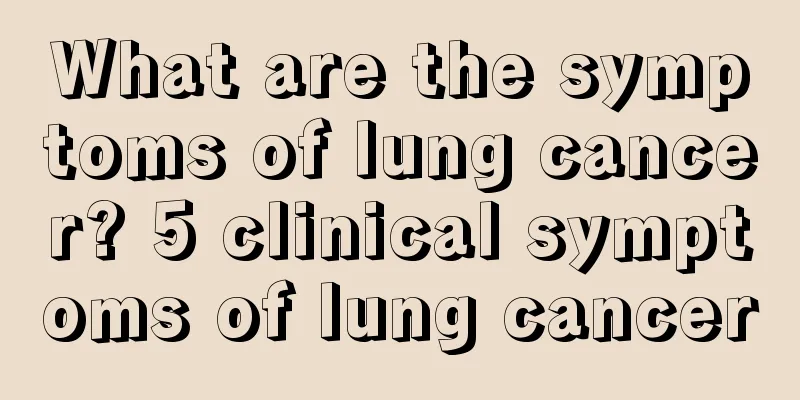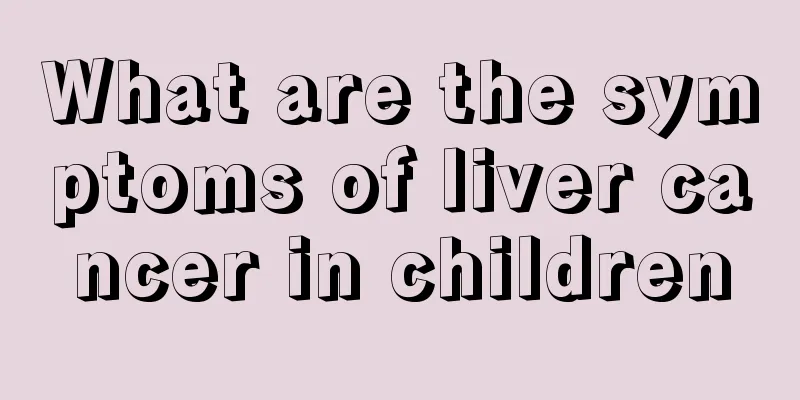Myofascial massage therapy, you need to know the principles of massage

|
Myofascial massage therapy is a massage technique mastered by many masseurs. Myofascial massage therapy has certain principles. For example, our body is a whole and interdependent. Only by mastering these principles can the maximum effect of this therapy be achieved. 1. The body has the ability to heal itself The work that a myofascial massage therapist does is more about "pushing and facilitating" than "repairing and healing." This is not to say that myofascial somatic practitioners do not need to learn and master sophisticated techniques and understand when and how to apply these techniques. However, myofascial massage therapists should also be aware that their work is not the sole reason that any client “gets better,” but it does play a supporting role in the client’s overall recovery process. 2. The body is a whole Myofascial massage therapists understand and accept the principle that the body is a whole better than any other manual therapy, and imagine that the myofascia in the body is a network connected by fascia. 3. A “holistic” approach to the body Myofascial massage is a holistic and systematic treatment approach. Although the emphasis is on myofascia, massage therapists need to treat the body as a whole. Both Myers (2001) and Barnes (1997) proposed that there is actually only one muscle in the body, which is surrounded by 600 or more fascial bags. When myofascial therapists visualize the vast web of fascia, they realize that it is not enough to view a client with a back problem as simply a "back problem." Myofascial massage therapists need to realize that pain in the low back muscles may be transmitted through connective tissue and may affect or be affected by nearby and distant muscles, connective tissue, nerves, blood vessels, and organs. 4. Increase physical and mental awareness Myofascial massage affects a person's body and mind through a combination of subtle physiological effects and attention to surprising sensations. In this way, myofascial massage helps bridge the gap that has developed between the medical model and the energy systems-based approach to massage therapy. People not only have bodies, but also thoughts, emotions, dreams, and worries. 5. Structure and function are interdependent Changes in structure affect function. For example, if vertebrae are pulled away from their midline because of muscle contraction, their ability to support the body is reduced. Conversely, if the contracted muscles of the back relax sufficiently to allow the vertebrae to move back into alignment, the back movement will become easier, smoother, and more sustained. |
<<: Osteofascial compartment syndrome, know these symptoms early
>>: Anal fistula surgery, timely surgery is very important
Recommend
How to correct shrugs in fitness
In our daily fitness activities, we must learn to...
What is the normal value of creatinine
Creatinine value refers to the normal value of bl...
When you go to a restaurant to eat, do you use boiling water to scald the tableware?
Guangdong people have a habit of washing the tabl...
What are the symptoms before death from advanced ovarian cancer
Patients with cancer all have symptoms before dea...
Are there any early symptoms of lymphoma that can be cured?
What are the early symptoms of lymphoma? Is it cu...
Is cardia cancer the most difficult type of gastric cancer to treat?
Generally speaking, gastric cardia cancer is a mo...
Cochlear implant rehabilitation training is carried out in stages
After wearing a cochlear implant, you also need r...
Can bananas and sweet potatoes be eaten together?
Bananas and sweet potatoes are both common foods,...
What causes white hair on the forehead?
As the pressure of life increases, people born in...
Can a man get pregnant if he ejaculates outside the body
Sexual life is the most effective way to maintain...
Is targeted breast cancer medication effective?
Targeted breast cancer drugs are indeed effective...
The place where the vaccine was given is red and swollen
After vaccinating their children, many parents wi...
What are the early signs of brain atrophy
Because brain atrophy can cause great harm, we sh...
What should I do if fat beans grow on my face
One of the most delicate parts of the human body ...
Does drinking have any effect on cervical spondylosis
Patients with cervical spondylosis are not allowe...









